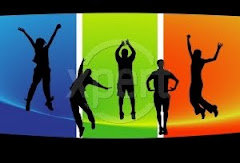The Highs & lows of Sugar-when it is dangerous:
Blood sugar levels that are too high (hyperglycemia) or too low (hypoglycemia) can quickly turn into a diabetic emergency without quick and appropriate treatment. The best way to avoid dangerously high or low blood glucose levels is to self-test to stay in tune with your body and to stay attuned to the symptoms and risk factors for hypoglycemia, diabetic ketoacidosis, and hyperglycemic hyperosmolar nonketotic syndrome (i.e. hyperglycemia).
Low Blood Sugar Emergencies (Hypoglycemia)
Hypoglycemia is sometimes called “insulin reaction” because it is more frequent in people with diabetes who take insulin. However, it can occur in either type 1 or type 2 diabetes, and is also commonly caused by certain oral medications, missed meals, and exercise without proper precautions. The typical threshold for hypoglycemia is 70 mg/dl (3.9 mmol/l)ol, although it may be higher or lower depending on a patient’s individual blood glucose target range. Symptoms include erratic heartbeat, sweating, dizziness, confusion, unexplained fatigue, shakiness, hunger, and potential loss of consciousness. Once a low is recognized, it should be treated immediately with a fast-acting carbohydrate such as glucose tablets or juice.
Subscribe to:
Post Comments (Atom)

No comments:
Post a Comment